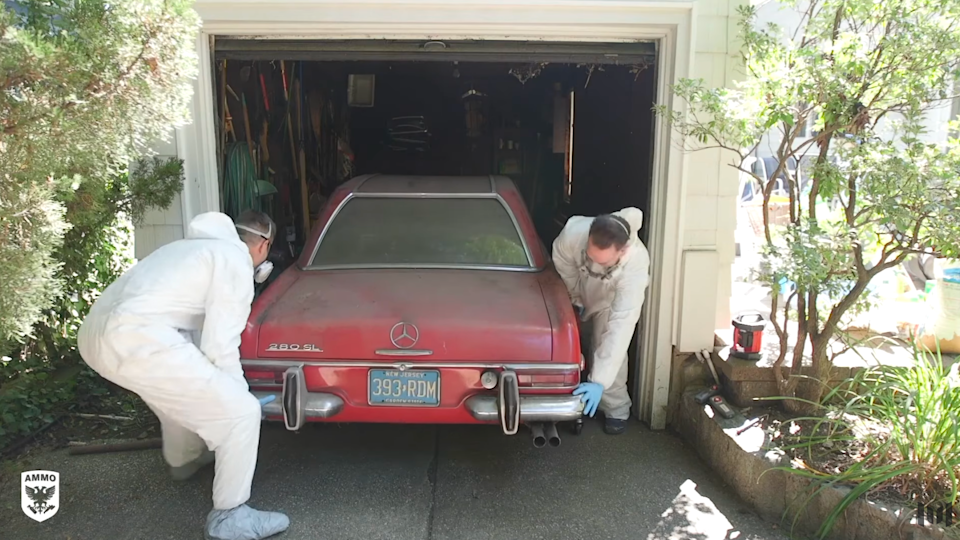
Five decades after Ford launched the Pinto to counter a tide of small imports, the compact’s fuel-tank fires and the courtroom fight that followed still echo through American product-safety law. Built quickly and to a strict cost target for the 1971 model year, the Pinto packaged its fuel tank behind the rear axle with scant crush space and no protective shield. In moderate rear-end crashes, internal hardware could pierce the tank, filler necks could tear free and spilled fuel could ignite—failures Ford engineers had flagged in pre-production testing, according to case records.
Proposed fixes in the development phase ranged from stronger structure to a longer filler neck and shielding. Plaintiffs later argued the solutions would have cost roughly $10 per car and were not adopted before launch. The risk moved from test tracks to headlines in 1972, when a Pinto stalled in Orange County, California, was struck from behind. Driver Lilly Gray died from burns; passenger Richard Grimshaw, then 13, survived with life-altering injuries. Their families sued, alleging Ford knew the fuel system was vulnerable and chose not to correct it.
Public outrage intensified when discovery highlighted an internal cost-benefit analysis—often dubbed, imprecisely, the “Pinto memo”—that used government dollar values for deaths and injuries to weigh the expense of engineering changes across a national vehicle fleet. Whether Pinto-specific or not, the optics were stark: a spreadsheet that appeared to place a price on human life.
In 1978, a California jury in Grimshaw v. Ford found the automaker liable, awarding compensatory damages and a then-record punitive sum designed to punish and deter. An appeals court later reduced the punitive award, but the decision’s message endured: manufacturers that consciously disregard consumer safety can face punishment beyond reimbursement. That same year, under federal pressure, Ford recalled 1971–1976 Pintos and Mercury Bobcats for fuel-system modifications. Regulators tightened fuel-system integrity standards, and automakers increased rear-impact protection with shields, improved filler-neck retention and more deformable structures behind the axle.
The Pinto saga became a staple of law-school casebooks and engineering ethics classes, marking a turning point in how courts and companies calculate risk. Legal scholars point to the case as an early, high-profile affirmation that punitive damages can apply when a company’s balancing of costs and hazards crosses into reckless indifference. In boardrooms and design studios, the lesson translated into earlier recalls, more conservative safety margins and a recognition that the “cheaper to settle than to fix” calculus can inflict reputational damage that far exceeds any line-item savings.
The Pinto was not the only unsafe car of its era, and debates continue over which documents fairly represented Ford’s corporate decision-making. But few episodes so clearly shifted expectations for how companies respond when tests predict preventable harm. From modern fuel-system designs to today’s recall playbooks, the compact car once billed as the fast, affordable answer to imports left a far larger imprint: a legal and cultural boundary around product safety that still shapes corporate behavior.








Comments